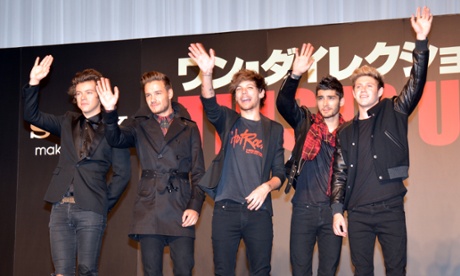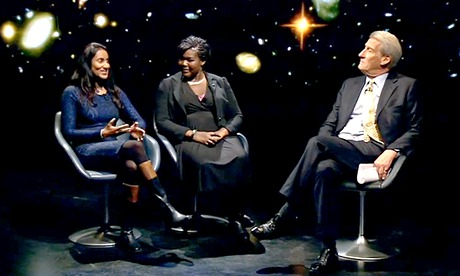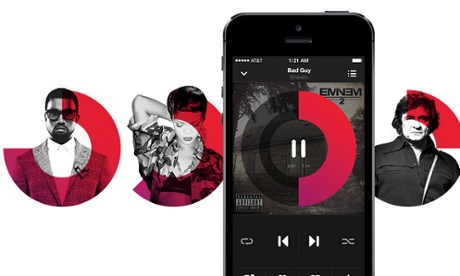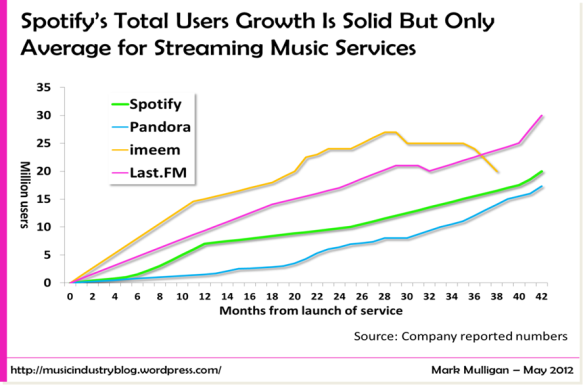Mail Online ad revenue up 51%
Website close to £5m a month rate set by Daily Mail & General Trust to meet financial year goal of £60m

The Mail Online advertising revenue grew by 51% thus making around £23million. Mail Online made an average of £23million a month in a short period of 5 months. Once hitting £5 a month, on average they have the potential to make £million revenue in this financial year. In order for Mail Online to hit its target of £65million, they must begin to charge £5 a month for subscription and charge more for 3rd party advertising sites.
The performance of the site, which is on the brink of passing the 200 million monthly browser mark, more than covered the print advertising decline at the Mail titles over the five-month period.
In the last financial year, the Mail Online missed its £45million target by £4million, reaching £41million. Upping their target by £20million is a bit of a stretch considering they could not hit their previous target last financial year - plus is was a lower target.
Mail Online grew digital ad revenues by £8m, from £15m to £23m, while the Daily Mail and Mail on Sunday saw print ad revenues fall £2m from £86m to £84m.
In my opinion, I think the target which Mail Online are attempting to reach might be a little too ambitious and thus this could end it two ways. This may motivate them more into developing the online platform in order to make a better experience for users. This would incur more of an audience and bring in a far higher viewing audience. However the other side to this is that it could blow up in their faces as they may attempt to send more of their income onto the online platform and figures and audiences do not increase which therefore means that they are worse off as they've spent the money to gain a larger audience and have not substantially gained this.
Global music sales fell in 2013 despite strong growth for streaming services
Industry income from Spotify and rival services up 51% but Japanese drop pulls overall sales down

During 2013 the growth in music streaming services has been said to have increased rapidly due to the demand for streaming music digitally via new technological advancements such as tablets and smartphones. Furthermore, the downloading of new music has become obsolete as its not as quick as just instantly streaming music on the go. despite income from subscription streaming services like Spotify and Deezer rising sharply, there has still been a fall by 3.9%.
- In terms of physical music sales, CD sales have fallen by 11.7%
- In terms of digital revenues, digital sales increased by 4.3%
- Subscription streaming income rose by 51%
In the UK, 22% of internet users have used a subscription-based digital music service – including those using them for free. “This is the way people are consuming music, so the debate about whether it’s a model to embrace has been put to rest over the last year,” said Spotify’s chief content officer Ken Parks in the report.
In my opinion I think that music streaming services such as Spotify is fighting an endless war on piracy and in some respects is winning. Most people who illegally download music only do this as its a free means of getting access to their favourite artists songs. Services like Spotify allows users to stream this music for free (with/without) a monthly fee which makes it a better option in comparison to illegally downloading the same music. Furthermore, these streaming services also help out the artists (even if it is hardly any help) as they are able to make a SMALL amount of money through this.










